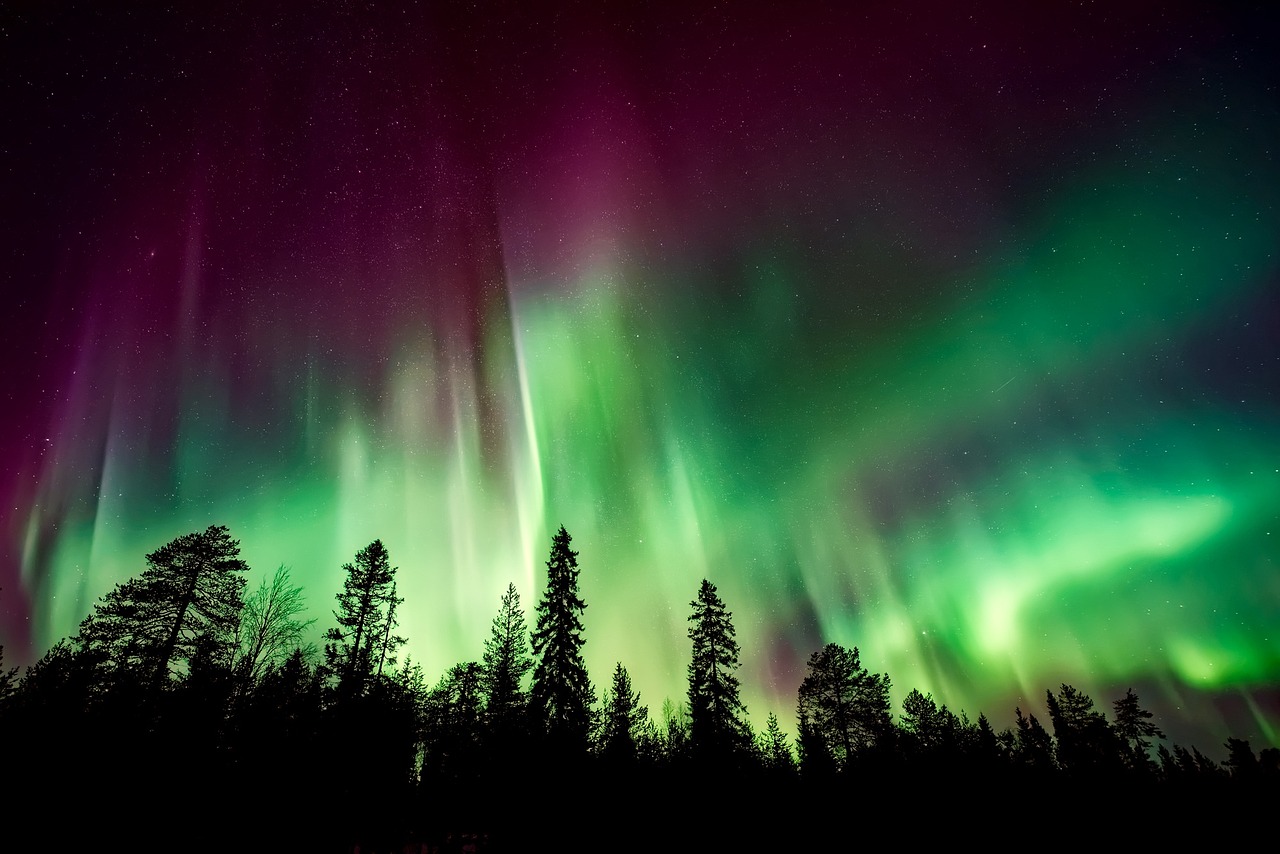
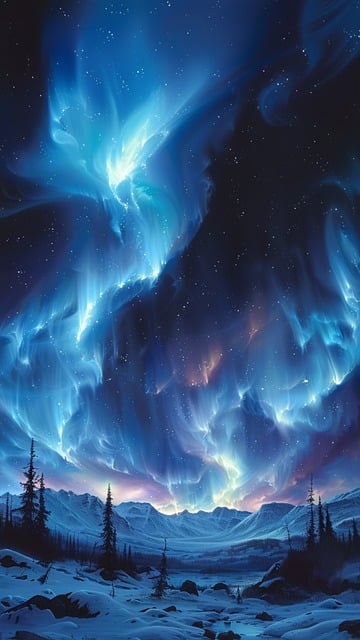
THE NORTHERN LIGHTS (AURORA BOREALIS)
The sky’s most enchanting pageantry of colors is the Aurora Borealis. More people may get a chance to see it this year.
In ancient times, according to Scandinavian folklore, they saw the aurora as a bridge for fallen warriors to cross into Valhalla, the hall protected by the god Odin. In Greek, the word “aurora” means dawn and borealis means “north wind”.
During the Middle Ages the auroras were seen as omens or signs of important events to come about, like war, plagues, or wrath of the gods.
In the 17th century, scientists began to study auroras. The term “aurora borealis” was originally named by Italian astronomer Galileo Galilei in 1619. In 1741, Kristian Birkeland, a Norwegian scientist, hypothesized that the aurora was the result of charged particles from the sun interacting with the earth’s magnetic field. This theory was later proven true.
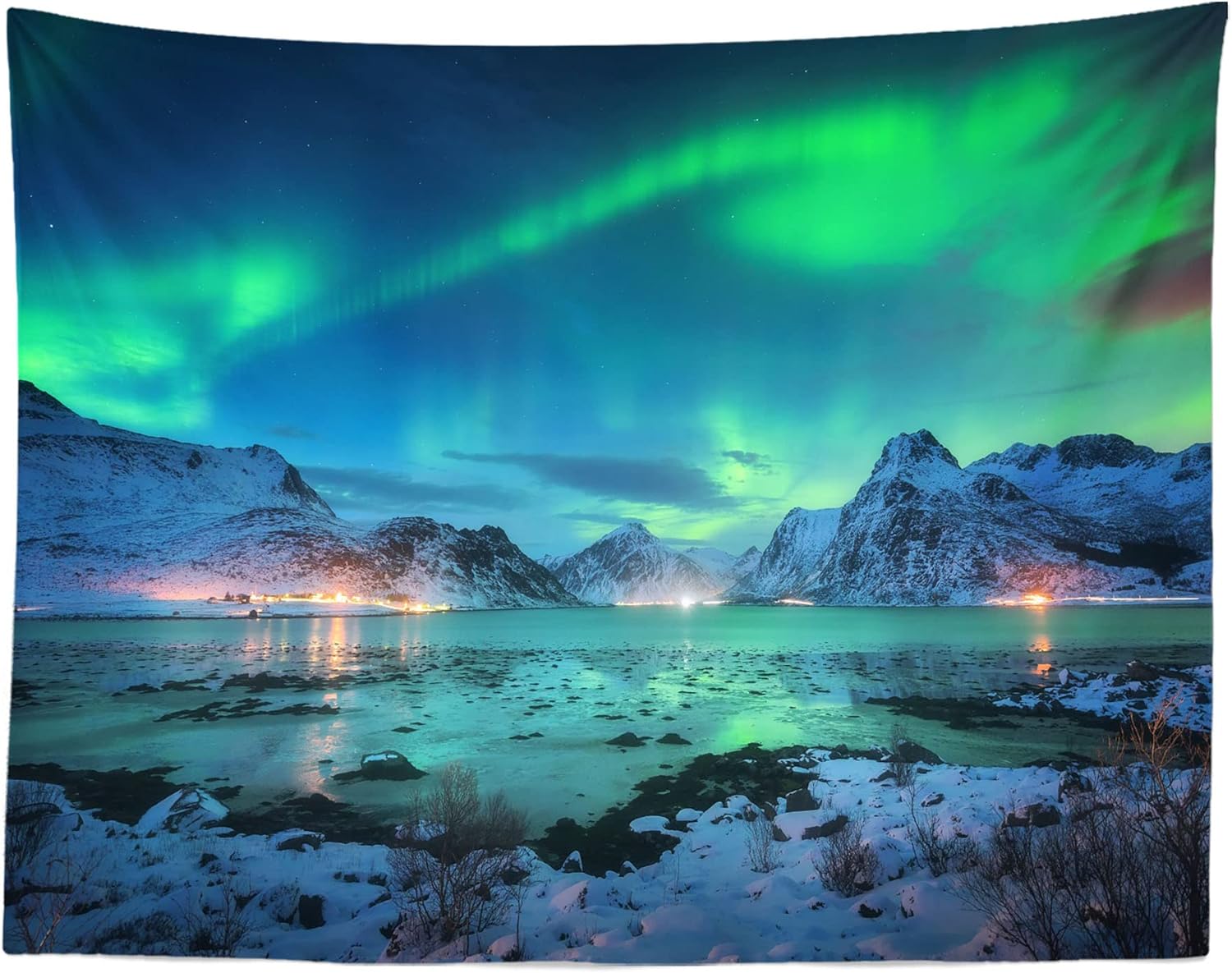
In modern times, the aurora appears because of the interaction of solar wind (charged particles from the sun) with Earth’s magnetosphere. As these particles mix with gasses such and nitrogen and oxygen in the Earth’s atmosphere, they emit light, resulting in the phenomenal light show. These days technology, such as satellites and observatories, allows for the intricate analysis and prediction of auroral activity.
Recently, there have been developments in Aurora Borealis. There has been heightened solar activity as the sun advances to its solar maximum. This is the period of increased activity in its 11-year cycle. This increase results in more frequent and intensified auroras.
Thanks to technological advances, scientists can now better predict when and where the auroras can be seen. Subsequently, the Aurora Borealis is becoming an increasingly popular tourist attraction. The most visited sightings are in Alaska and the countries of Canada, Iceland, Finland, Sweden and Norway. They even have dedicated tours and apps to help enthusiasts locate the best times and places to witness these breathtaking occurrences of nature.
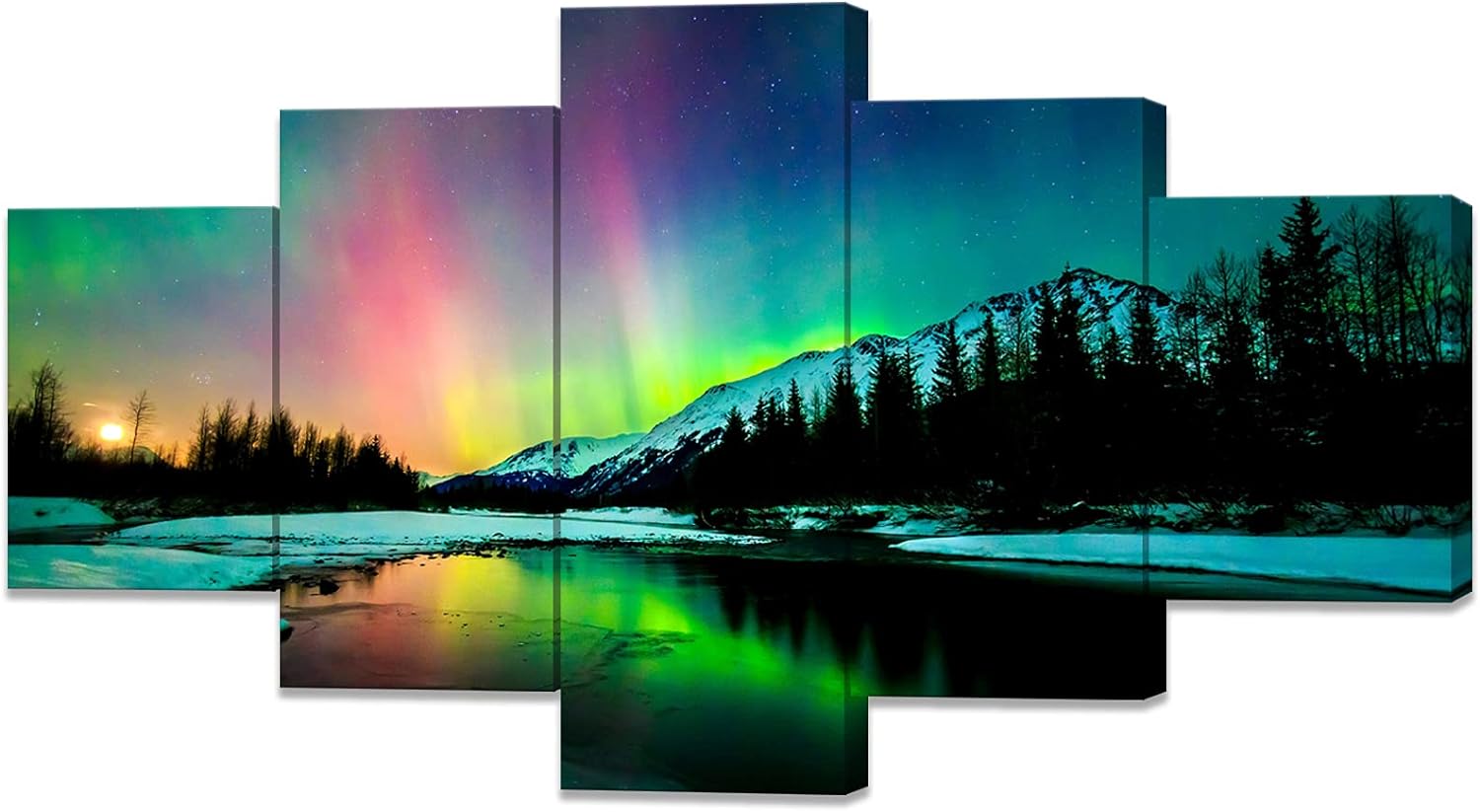
Research continues on understanding the intricacies of the interaction between solar particles and Earth’s magnetic field and atmosphere. Scientists are also studying the effects of space weather on satellite communications and power grids.
Outside the US, it is said the northern territories of Canada or northern Scandinavia. There is a similar display in the southern hemisphere also, known as Aurora Australis. This can be seen in Antartica, where there are ostensible levels of solar activity. This can also be seen from Tasmania in Australia and New Zealand’s South Island.
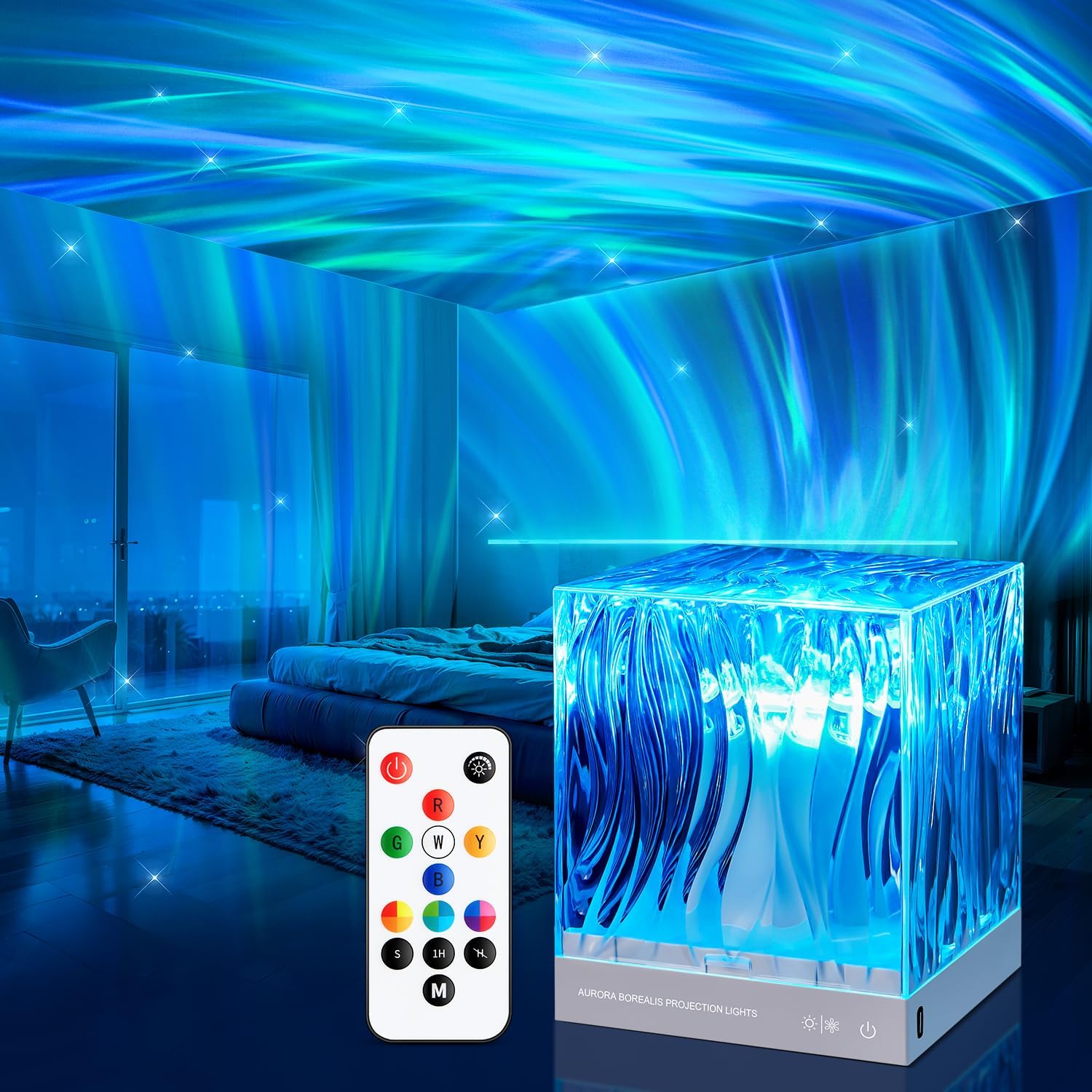
If you want to see the Northern Lights, there is information on trips and excursions to see them. Scientists say 2024 is the best year in decades to witness the auroras. It’s best if you’re away from the cities where it’s dark and you can clearly see the stars in the sky.
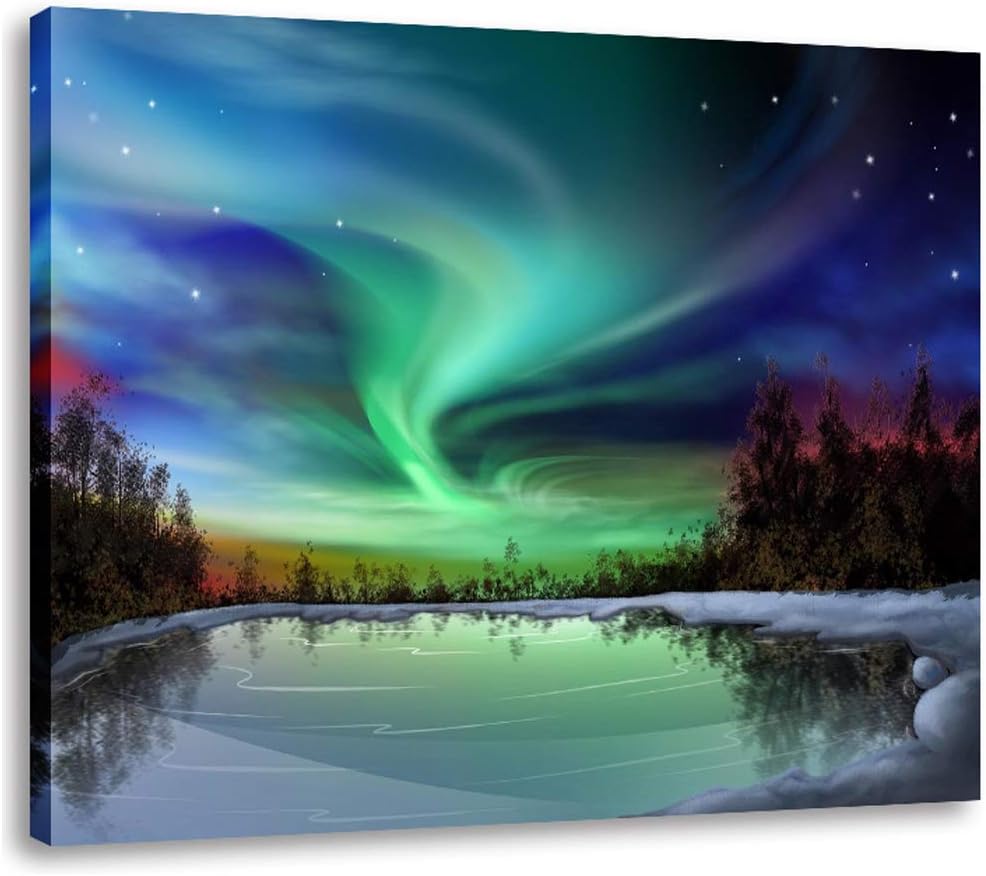
There is generally a better connection between solar wind and our magnetic field around the spring and fall equinoxes to possibly see impressive auras. During the winter when there are more hours of darkness, the best auroras generally occur within 2 hours of midnight, according to the Space Weather Prediction Center.
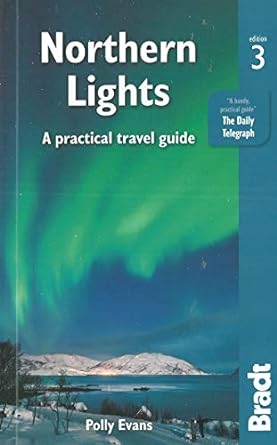
The sun will produce the most solar cycles during the next year or two. People in states such as Colorado, Nebraska and possibly Dakotas have a high likelihood of seeing the Northern Lights a dozen times. In lower latitude states, such as Hawaii, historically, it happens only once or twice per solar cycle. Generally, northern Alaska will give enthusiasts the best shot to see the Northern Lights. Northern Maine is also a great place to see sightings as well. Auroras usually occur between 10pm and 12am.
If you chance upon an opportunity to see the Aurora Borealis, take it. The breathtaking view will be an inspirational memory you will never forget. Please share your pictures with us and we’ll add them to this blog with your honorable mention.
